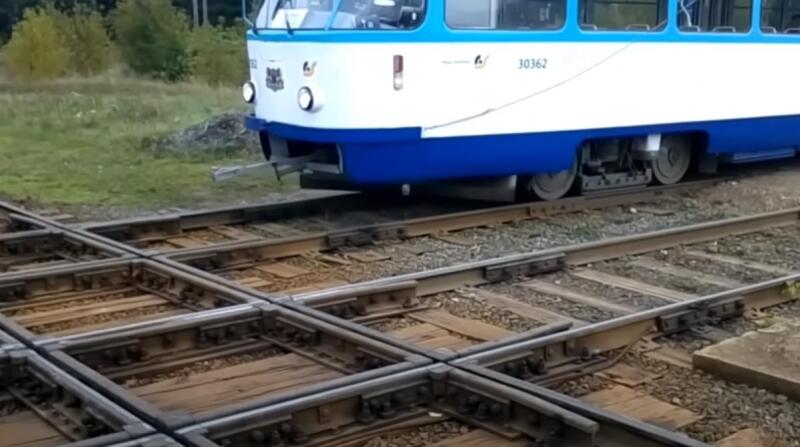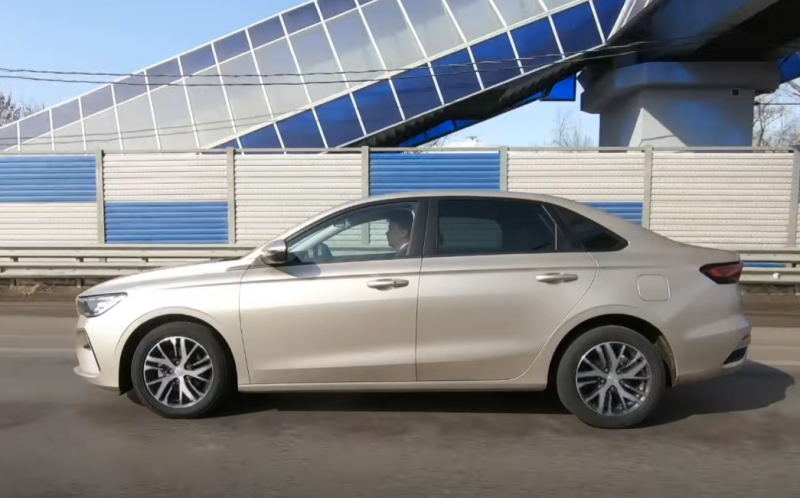Why not? Both there and there there are rails plus a contact network. Raise the pantographs and go ahead! Skeptics immediately have a lot of questions, one of which is the rut. Indeed, it can be different. For Russian trains its width is 1520 mm, and between tram rails - 1524 mm. In principle, the difference is small. It’s even worth noting: initially the gauge for steam locomotives was exactly this – 1,524 m. However, in the 60s of the last century it was “altered” to the current size.
With tram rails, things are not so simple either. So, in Rostov-on-Don the distance between them is 1435 mm. And in Pyatigorsk and Kaliningrad it’s generally one meter. Conclusion: theoretically, a train can travel on a track with a width of 1524 mm. What else prevents you from doing this? Next look is at the wheels.
The tram rail has a groove for the wheel flange. Trains also have the so-called. flange, but it won’t fit into the “hole” of the city rail anymore. However, tram tracks parallel to highways are sometimes modeled after locomotive tracks. The train will be able to travel along them. So why doesn’t he drive (or does he drive somewhere)? What else prevents the two types of transport from being “interchangeable”, you will find out from the video kindly provided by the “POD KNOCK” channel. Watch the video!

A new KAMAZ has been presented - it is capable of working in any, even the most difficult conditions
Despite the 6x4 wheel arrangement, the car has increased cross-country ability. It is also protected from falling objects and equipped with a sleeping bag....









